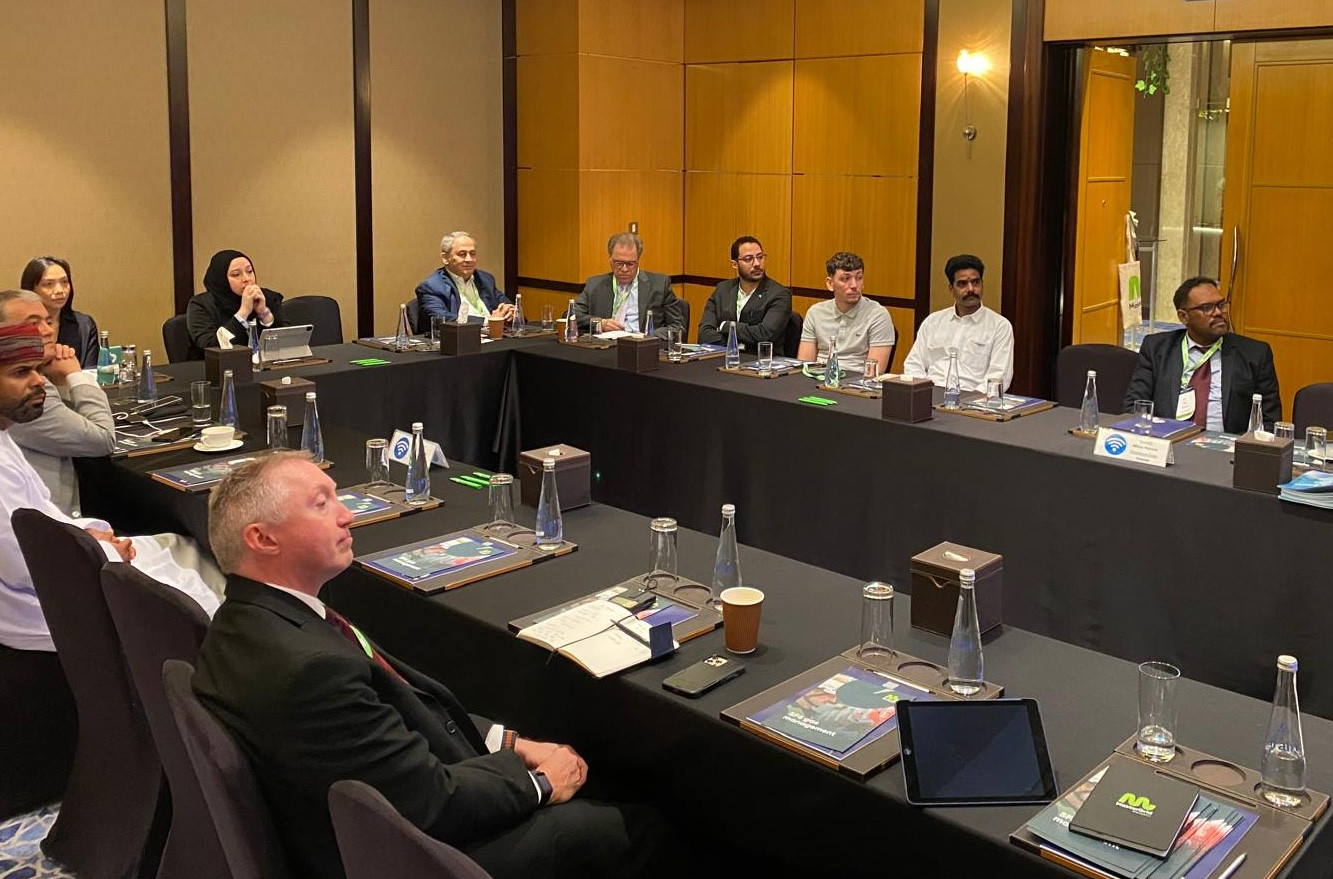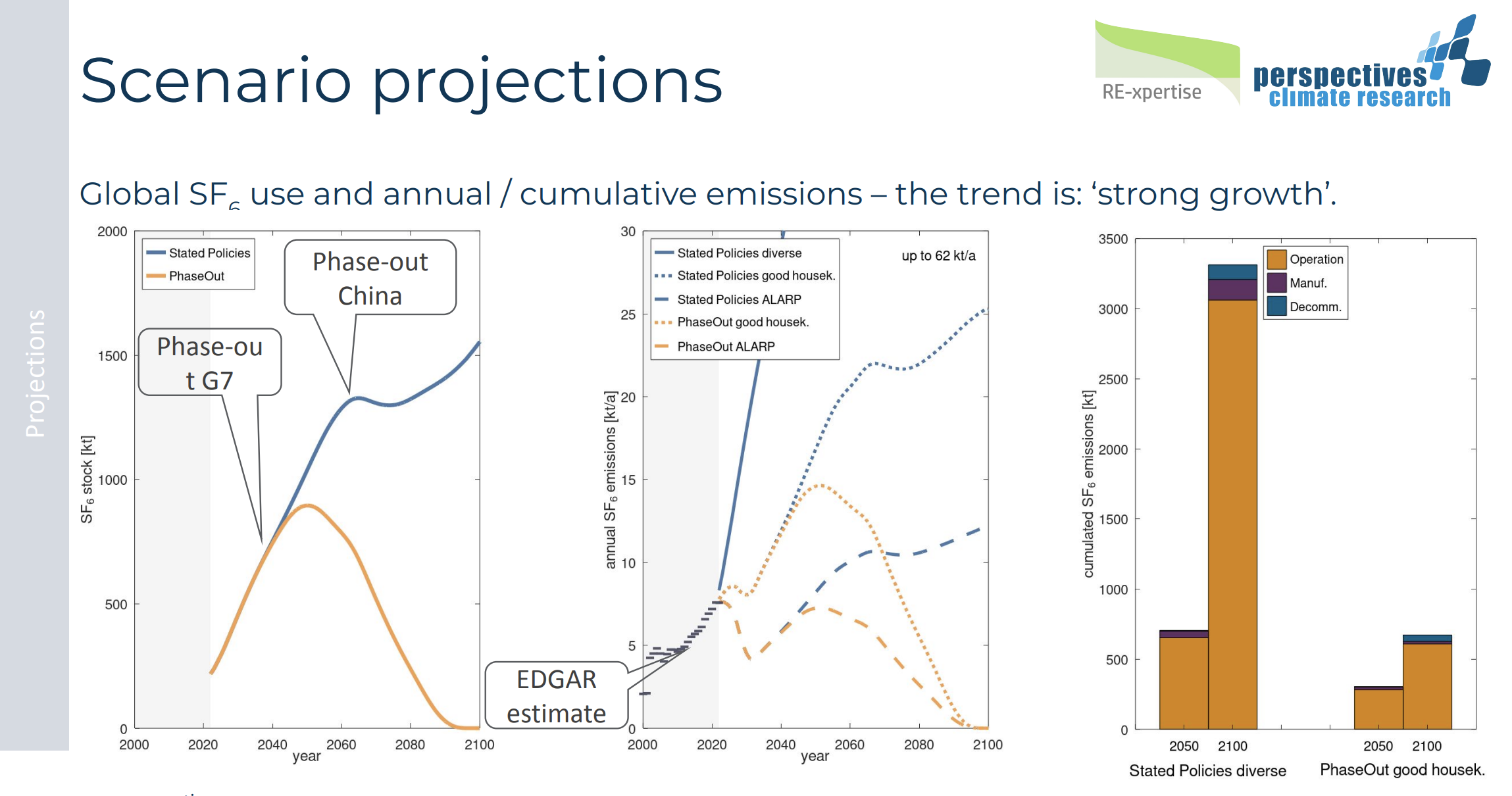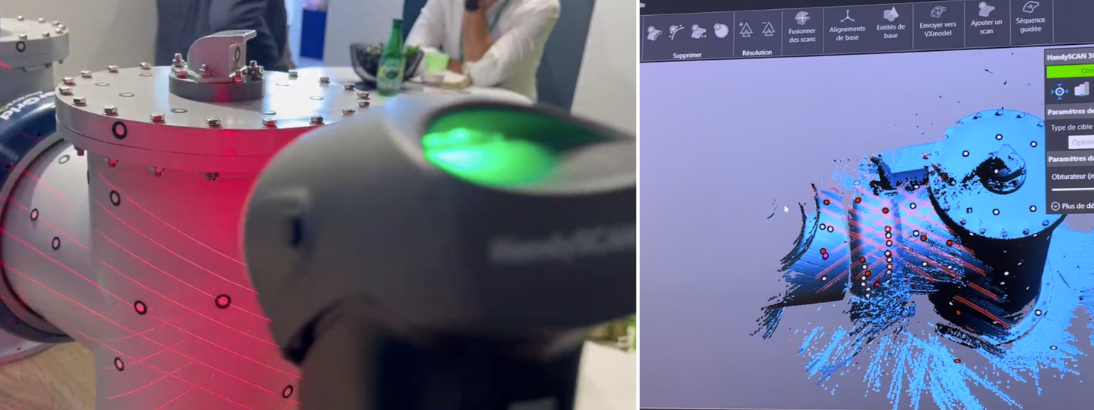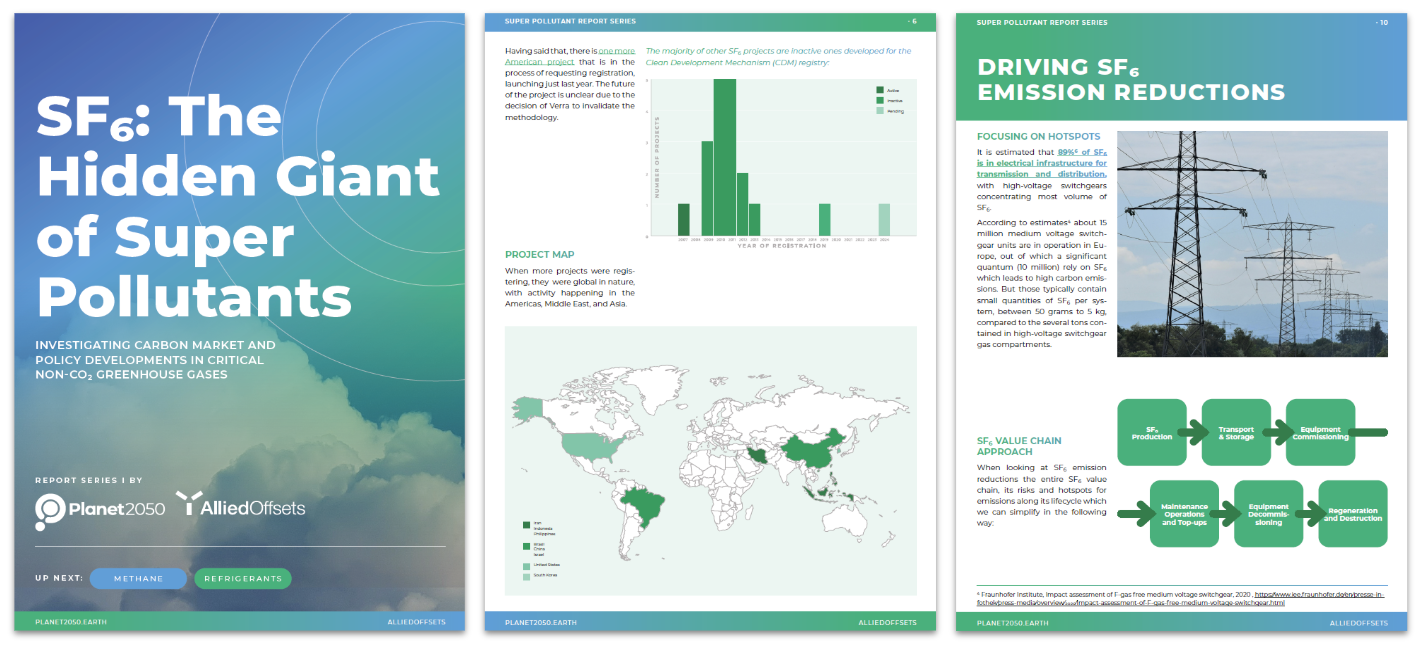Reading Time: 5min

Sulfur hexafluoride (SF6) is an anthropogenic greenhouse gas that is extensively employed in the power transmission and distribution sector due to its remarkable dielectric strength and arc-quenching properties in high-voltage circuit breakers, switchgear, and gas-insulated substations.
Although chemically inert, non-toxic and non-flammable, SF6 has a remarkably high Global Warming Potential (GWP) of 24,300 times that of CO2 over a 100-year time horizon. Given its atmospheric lifetime of over 3,000 years, even minimal fugitive emissions can result in long-term climate impacts.
Emission sources primarily include leakage during the manufacturing of equipment, operational maintenance, and decommissioning processes. In order to achieve effective emission control, robust regulatory compliance is essential. In addition, the integration of advanced gas-monitoring technologies and a transition towards environmentally sustainable alternatives are necessary.
The Middle East’s grid infrastructure is highly dependent on Gas Insulated Switchgears (GIS), especially due to harsh environmental conditions. As such, SF6 is deeply embedded in the region’s energy systems.
Dubai offered the perfect stage: the UAE is not only committed to Net Zero by 2050, but also plays a strategic role in guiding climate and energy innovation throughout the region. Recent years have seen the UAE launch its Net Zero Strategy, host COP28, and introduce policies around carbon markets and green finance. This makes it a pivotal player in driving climate action - possibly also for fugutive F-gases including SF6.
We welcomed representatives from companies such as Dubai Electricity & Water Authority (DEWA), TAQA Transmission, and several engineering contractors involved in Gas Insulated Switchgear projects.
Participants engaged in technical discussions, shared practical challenges, and explored finance and policy pathways to tackle SF6 emissions.
The new UAE Federal Decree-Law No (11) of 2024 - titled “On the Reduction of Climate Change Effects” - maw be introduced in 2025 to mandate sustainability disclosure from large emitters, was also a key point of the discussion showing that pressure may also increase in this country to start accounting for and monitoring fugitive non-CO2 emissions.

Philippe Lempp (GIZ) and Karsten Burges (RE-xpertise) presented the SF6 initiative, funded by the German government through the International Climate Initiative (IKI), implemented by GIZ and Perspectives Climate.
Karsten showed that all possible scenari including phasing out, policy implementations and use of best practices show an increase of global SF6 emissions in the next 50 years mainly due to existing installations. This also considers limited data availability and the high uncertainty in cost modeling.
Here is what GIZ recommends:
Accelerate the phasing out SF6 where alternatives exist
Improve SF6 monitoring
Implement policies and incentives for action on installed equipment, not just new infrastructure

Screenshot from GIZ's presentation
Participants saw firsthand how technology can play a major role for SF6 mitigation. Among the innovations showcased:
Thermal cameras to detect SF6 leaks in real-time
Custom-fit sealing solutions addressing leaks, as part of MasterGrid broad portfolio of power grid services
WIKA’s IoT-enabled monitoring systems, offering continuous emissions tracking, presented by Daniel Staiger

MasterGrid's 3D Scanning and precision engineered solution for leakage sealing
These hands-on demonstrations highlighted how technical expertise is already being translated into climate impact. With practical tools in place, mitigating SF6 emissions is no longer a future ambition — it's happening now.
Planet2050 CEO Lucas Zaehringer and Program manager Shinu Jose presented insights from the report published with AlliedOffsets: “SF6, the Hidden Giant of Super Pollutants.” The report unpacks the climate impact of SF6, outlines pathways for mitigation, and explores its role in carbon markets especially under Article 6.

Snapshot from the SF6 report available here
SF6 under the Clead Development Mechanism
Under the Kyoto Protocol’s CDM, 19 SF6 mitigation projects were implemented in industries ranging from magnesium production to electronics or LCD manufacturing. One project by Nike even targeted SF6 emissions in its Air shoes.
Time for a come-back
Today, SF6 has strong potential for a "come-back" in the carbon markets through high-integrity methodologies, especially under the Article 6.4 mechanism adopted at COP30 in Baku.
With transparent MRV, verified leak detection, and IoT-based quantification, SF6 abatement could become a credible offset category for carbon buyers seeking diversification.
Today's investments into power grids often come from increased energy demand for data infrastructure (e.g. powering the AI economy), electrification of transport, and integration of more renewable electricty into the power networks. But these are also responsible for an increase of SF6 emissions.
We believe SF6 deserves a more central role in Carbon Market 2.0: data-driven, integrity-first, and aligned with national climate targets.
Get your full report here and learn all about SF6 and how projects could shape the next chapter of climate action.

_______
Planet2050 and MasterGrid's strategic partnership announcement.
You can subscribe to Planet2050's newsletter here